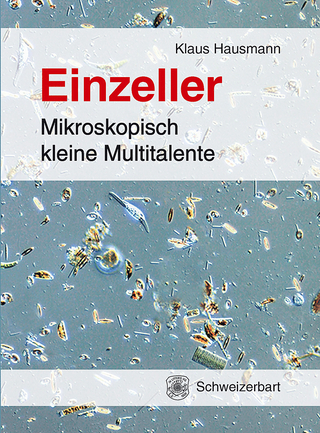
Motility of Living Cells
Chapman and Hall (Verlag)
978-0-412-15770-7 (ISBN)
Philosophers through the ages have made the astute observation that life, in its many aspects, appears to be continuously moving. All things in the universe, from the cosmic to the atomic level, exhibit some form of movement. Getting down to earth, the capacity to move is also an essential feature of the biological world. Movement was in fact synonymous with life at the time that Antony van Leeuwenhoek made the first simple microscope (seventeenth century). Using his primitive instrument he observed micro-organisms. which he called 'animalcules', swimming through a drop of water, and therefore he proclaimed that they 'seem to be alive'. We now know that movement in this form is not a prerequisite for life. although it is a crucial aspect in many living organisms. Realizing the general importance of motility in the biological world, this book will try to focus on the motility at a cellular level. Motility at a cellular level can take one of several forms: movement of components within the cell itself or movement of the cell as a whole (cell locomotion).
1 Introduction.- Topics for further reading.- 2 Motility in prokaryotic organisms.- 2.1 Elements involved in motility.- 2.2 Molecular structure of the bacterial flagellum.- 2.3 Regulation of synthesis and assembly of the bacterial flagellum.- 2.4 The function of bacterial flagella.- 2.5 Patterns of bacterial movements.- 2.6 Regulation of bacterial movement.- Topics for further reading.- 3 The motility system of eukaryotic cells.- 3.1 Microtubules.- 3.2 Molecular components of micro tubular structures.- 3.3 Microtubule assembly and its control.- 3.4 How microtubules can generate movement.- 3.5 The problem of intermediate filaments.- 3.6 Microfilaments.- 3.7 Molecular components of microfilaments.- 3.8 Microfilament assembly and its control.- 3.9 How microfilaments generate movement.- 3.10 Sliding control in microfilaments.- 3.11 Microtubules, microfilaments and cell membranes.- Topics for further reading.- 4 The movement of eukaryotic cells.- 4.1 Ciliary and flagellar movement.- 4.2 Amoeboid movement.- Topics for further reading.- References.
| Erscheint lt. Verlag | 1.5.1980 |
|---|---|
| Zusatzinfo | 16 Illustrations, black and white; 80 p. 16 illus. |
| Verlagsort | London |
| Sprache | englisch |
| Maße | 140 x 216 mm |
| Themenwelt | Geisteswissenschaften |
| Naturwissenschaften ► Biologie ► Zellbiologie | |
| Sozialwissenschaften | |
| ISBN-10 | 0-412-15770-5 / 0412157705 |
| ISBN-13 | 978-0-412-15770-7 / 9780412157707 |
| Zustand | Neuware |
| Haben Sie eine Frage zum Produkt? |
aus dem Bereich


